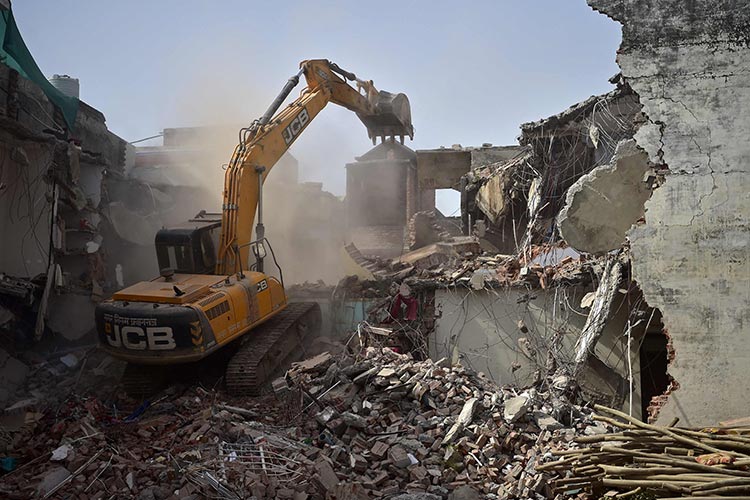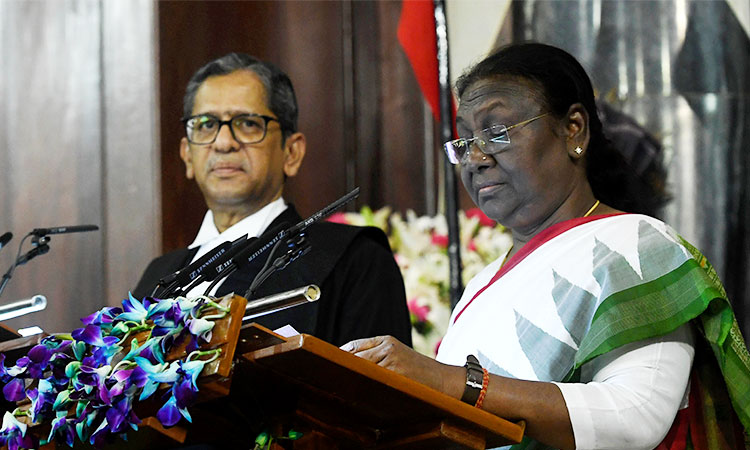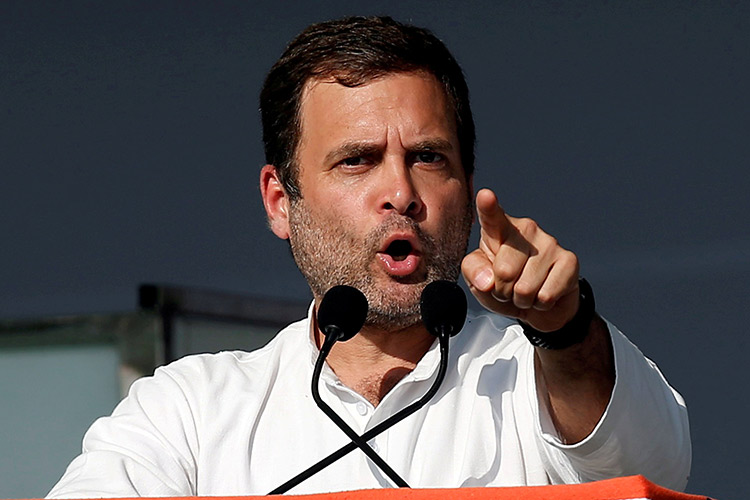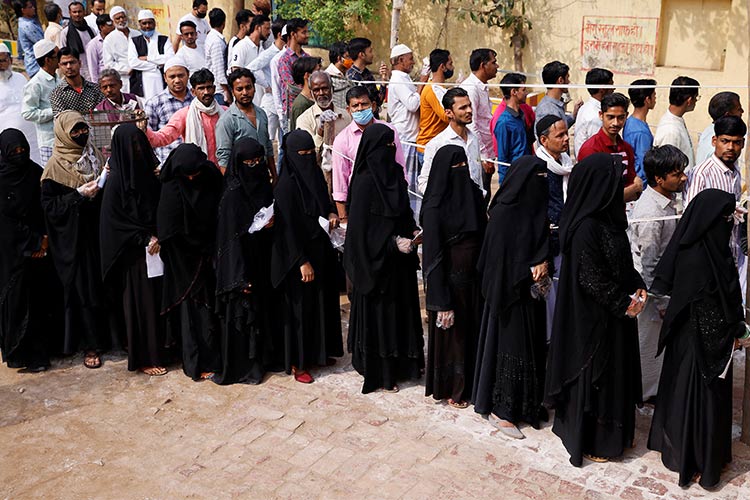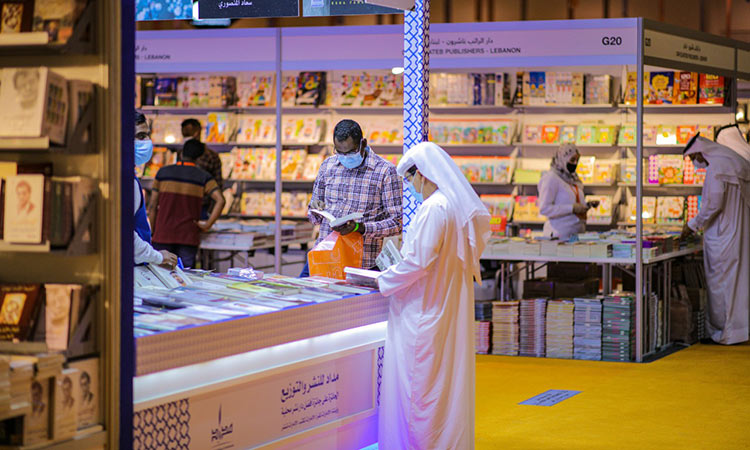India looks to up armament exports
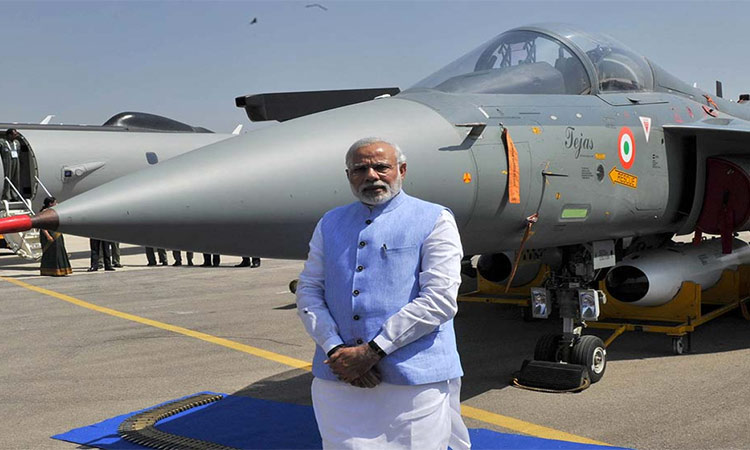
The Modi government has stepped up its emphasis on increasing home production of armaments and expanding the existing capacity. (File Photo)
India has been a major arms importer for decades, and it had been importing arms and planes from the former Soviet Union during the Cold War period because the United States and many other countries did not export strategic arms to India because India was not part of the many military alliances that the West had built.
But after the collapse of the Soviet Union in 1991, India had to perforce diversify its sources of arms imports, which had already begun in a small way in the 1980s with purchase of French fighter jets, the Jaguar, and the Bofors 155 mm howitzer field gun from Sweden. The Americans and the Europeans are keen to enter the Indian arms imports market. And it is exactly in this context that Prime Minister Modi and the Bharatiya Janata Party (BJP)-led National Democratic Alliance (NDA) government is keen to decrease dependence on arms imports and create a strong defence production sector.
It is understood that India would not be able to make all the armaments, including planes, itself, and that it will have to depend on imports. But India is now asking the foreign armaments companies to set up manufacturing units in the country, and produce the planes and tanks and also transfer technology. The system of transfer of technology and production in India was partly in place when India imported the MiG and Sukhoi jet fighters from Russia. India is now asking the Western arms manufacturers to set up plants.
At the same time, the Modi government has stepped up its emphasis on increasing home production of armaments and expanding the existing capacity. For example, the Hindustan Aeronautics Limited (HAL), a government-owned company which was set up back in the 1950s but which had been languishing for lack of funds, is now being pushed into the forefront. It is now manufacturing the Tejas jet fighter, which is being inducted into the India Air Force (IAF). Modi had in 2015 reduced the contract for 132 Rafale jet fighters to 36, and HAL’s Tejas has been asked to step in and produce the home-made Tejas fighters to meet the needs of the IAF.
The Modi government is keen to develop the defence production sector recognising its huge export potential, where many of the middle income countries in Asia and Africa would prefer to buy their arms from a competitively-priced India defence product compared to that of Europe and America. One of the major Indian exports last year have been the BrahMos missiles to the Philippines, a $378 million deal.
Defence experts feel that it is not going to be easy for Indian arms manufacturers to make headway in the global market because the European and American players would exert huge pressure on Asian and African countries to buy Western armaments. But India can break into the global arms market through its own technological strength, and Western manufacturers may want to export arms from their units in India.
Right now India is asking the Western arms manufacturers to work with an Indian partner. The Western companies may find it an unattractive proposition, and they may want to have their own stand-alone facilities in India.
